In my nearly 20 years working with brands, I’ve come across many seasoned marketers who’ve treated marketing as a delicate art to master. Then there are those who would tell you it’s more of a science.
Yes, marketing is both an art and a science. Yet why is it that brands fail, sometimes at an epic scale?
Because marketing is also about simple logic — human logic that’s often wrapped up in glitzy phrases like consumer psychology and buyer behavior. It’s the one missing ingredient that’s often forgotten by many brands.
“But humans are irrational beings,” many would be quick to point out.
Yes, but these irrational humans are also predictable, at least most of the time. Think about it: you give them too many options, and chances are, they will back away from making a decision. We all do this.
Then why do we assume that lining up 45 toothpaste varieties on a shelf is going to help them in any way?
Because brands can easily get drawn to complex theories, irrational assumptions, and the herd mentality. Then there are the incredible competitive pressures that often prevent them from seeing the simple logical realities right there in front of them.
But when they do pay heed, the results could be rewarding.
Take, for example, Procter & Gamble, which famously cut down its Head & Shoulders shampoo range from 26 to 15. And the result? An increase in sales of 10%.
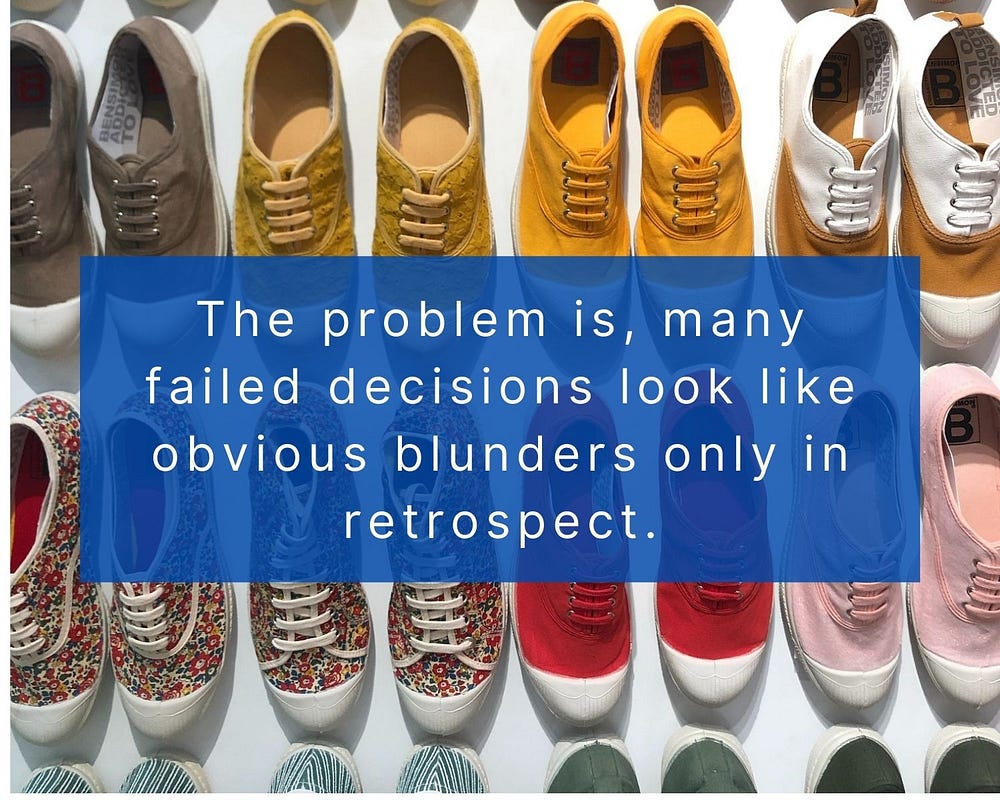
But the rules of human logic can help you see the obvious. They can guide your decisions and prevent your brand from diving into the far depths of despair.
Here are some examples of human logic at work.
Keep things simple
One of the biggest misconceptions about marketing is that for a campaign to become a hit, you need to come up with some grand, elaborate idea.
Yet, the best ads are the simplest and the most straightforward ones.
The simple human logic: People generally avoid things that are complex. It’s human nature. That’s why you would draw a blank when presented with too many options. It’s also why more people would pay a higher price for a simple experience.
Here are a couple of examples to illustrate this point. First, take a look at this Christmas ad by Bloomingdale’s.

If you’re left wondering how to react, you’re certainly not alone. It was both confusing and offensive and attracted heavy criticism. Bloomingdale’s issued a formal apology and withdrew the ad.
Now, take a look at this clever yet wonderfully simple Ad.

The bottom line is, you don’t need to cook up an eccentric advertising concept to get your customers’ attention. In fact, the best ad agencies come up with outrageously simple concepts that deliver results. They have mastered the art of calling a spade a spade.
So, instead of putting all your resources into generating elaborate concepts to dazzle your customer, focus on sparking interest. Because interest will engage your customer.
And when you’re interested in something, you will remember it, talk about it, share it, find out more, and might even take out your wallet to purchase.
Speak your customer’s language—not your own
Your advertising campaigns should consider your customers’ lifestyles and lingo, values and beliefs, and how they interpret the world around them. This is how you create relevance and interest.
But speaking your customer’s language is not only about these cultural or generational factors. You need to put yourself in your customer’s shoes before looking at your brand communications.
This is where features vs. benefits come into play. Features are when you talk about your product from the company’s perspective. But when you switch to your customer’s point of view, you’ll start talking about its benefits.
The simple human logic: People like it when you make an effort to relate to them in some way — whether it’s emulating their interests or showing that you understand their pain points. This is how you create great (brand) conversations and build strong relationships.
Here’s how not to do it.
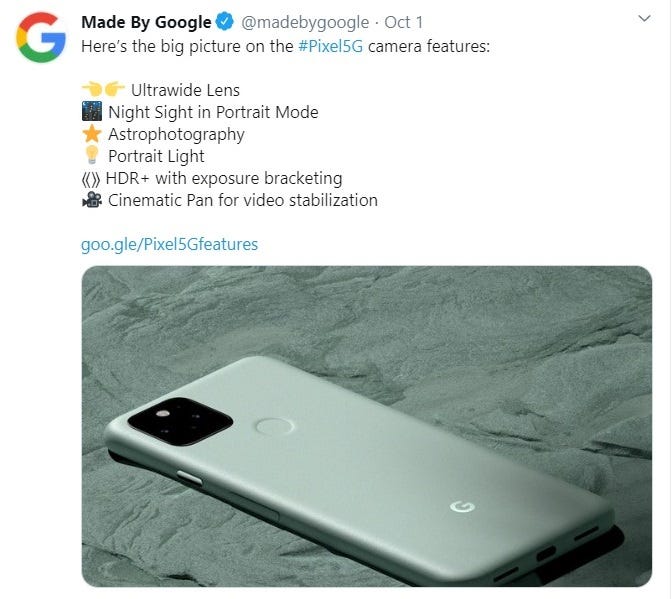
The list of camera features of the latest Pixel 5G phone sounds like a whole lot of technical lingo that would hardly make sense to an ordinary person.
But here’s what it looks like when they’re talking about its benefits.
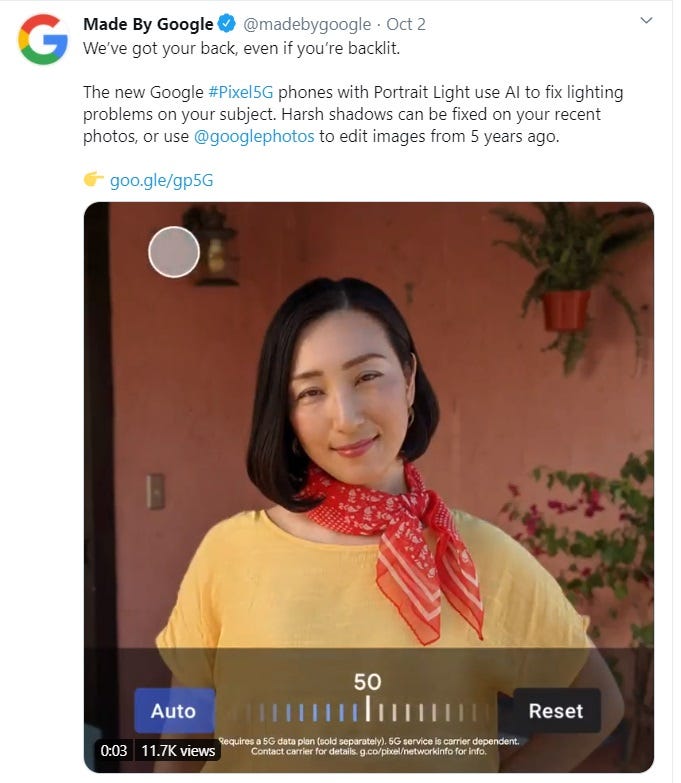
All of a sudden, it all looks relevant, relatable, and interesting.
Don’t alienate your non-consumers
While you engage your targeted audience with marketing campaigns, remember not to isolate your non-consumers.
Their opinion could have a far greater influence on your business success or failure than you may expect.
The simple human logic: Everyone’s a stakeholder of your brand — whether they represent the customers, suppliers, media, government, or the local communities.
And whether or not they consume your product is irrelevant. You need the support of everyone and isolating any one segment of this audience might not be a smart move.
Take a look at this misfired Ford ad in India.
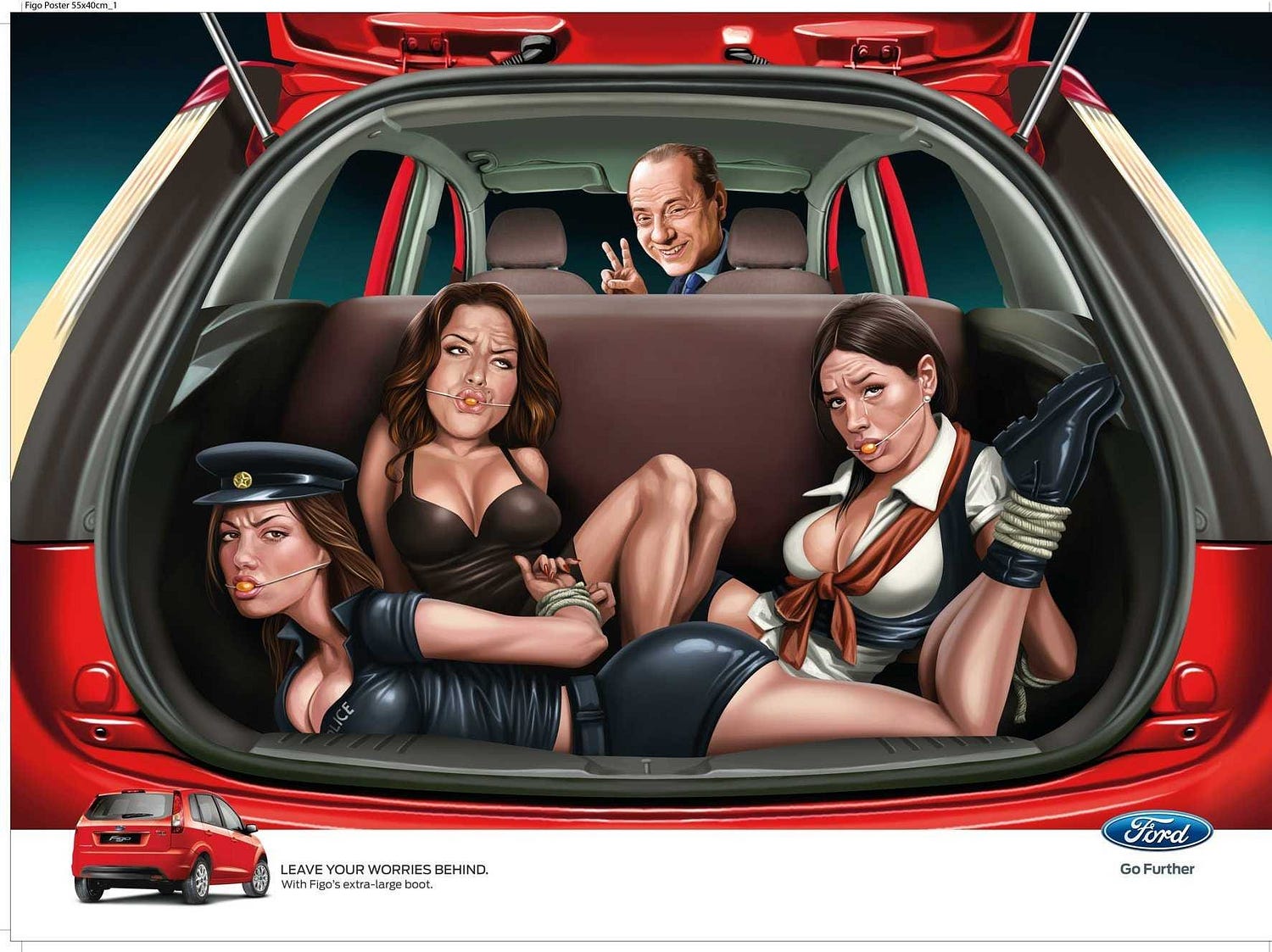
JWT India designed a series of ads for Ford Figo entitled “Leave Your Worries Behind.” The idea was to highlight the extra-large boot capacity of the car by using humor.
As you can imagine, the gagged and tied women in the trunk didn’t just leave its intended audience speechless but also infuriated the general public. During a time of mass protests in the country condemning violence against women, Ford’s advertising agency couldn’t have found a worse time to come up with these ads. Needless to say, the consequences of disregarding non-consumers when developing campaigns could be quite brutal.
But it’s not just your ads, your brand associations could also end up isolating non-consumers. Remember the uproar created by Dollar Shave Club’s ad campaign on Porn Hub?
With the viral power of social media and modern communication mediums, it’s no longer possible to fully control your brand conversations.
In fact, many of the people who talk about your brand are not going to be your customer. And they can do just as much damage to your brand if you blatantly ignore their values, beliefs and interests.
So, remember to show some love and respect.
If your product is crap, no amount of marketing can save you
This is perhaps the most important reality of all. After all, customers are smart. You can’t just show them a mind-blowing advertisement and under-deliver on your product.
The simple human logic: Customers expect value. But what this really means is that they want convenience, prestige, admiration, happiness — they want you to elevate their life in some way.
So don’t take shortcuts or cut corners to make a fast buck. And definitely don’t underestimate the intellect of your customer.
The now infamous Volkswagen emissions scandal is a good case study on the cost of underestimating and misleading consumers.

- The news of VW’s deceptive practices to cheat the emission tests saw its share prices plunge by more than 30% within just two days.
- It has cost the company close to $35 billion in settlements and fines so far.
- And it wiped out more than $190 billion from Germany’s country brand value.
And the long-term reputation damage to Volkswagen? Only time will tell.

However, owning up and taking steps to recall vehicles and rectify the situation have certainly helped Volkswagen to win back some lost ground.
The bottom line is, do everything possible to keep your brand promise and never fail your customer with an inferior product.
If you mess things up, own it
Let’s face it, many big brands have made marketing blunders — even the world’s biggest.
So, you’re bound to mess things up at some point. And when you do, make sure you own it.
Don’t pretend it didn’t happen, don’t cover it up, don’t give excuses, don’t pass the buck…just own it!
Take responsibility, give a sincere apology, and do everything possible to make things right. Then make sure you keep everyone updated about how you’ve progressed.
The simple human logic: Everyone makes mistakes. But people respect those who own up and take responsibility. It’s a sign of humility, integrity, and strength of character.
Here’s how KFC apologized when it drew public criticism in the middle of a chicken crisis in the UK.
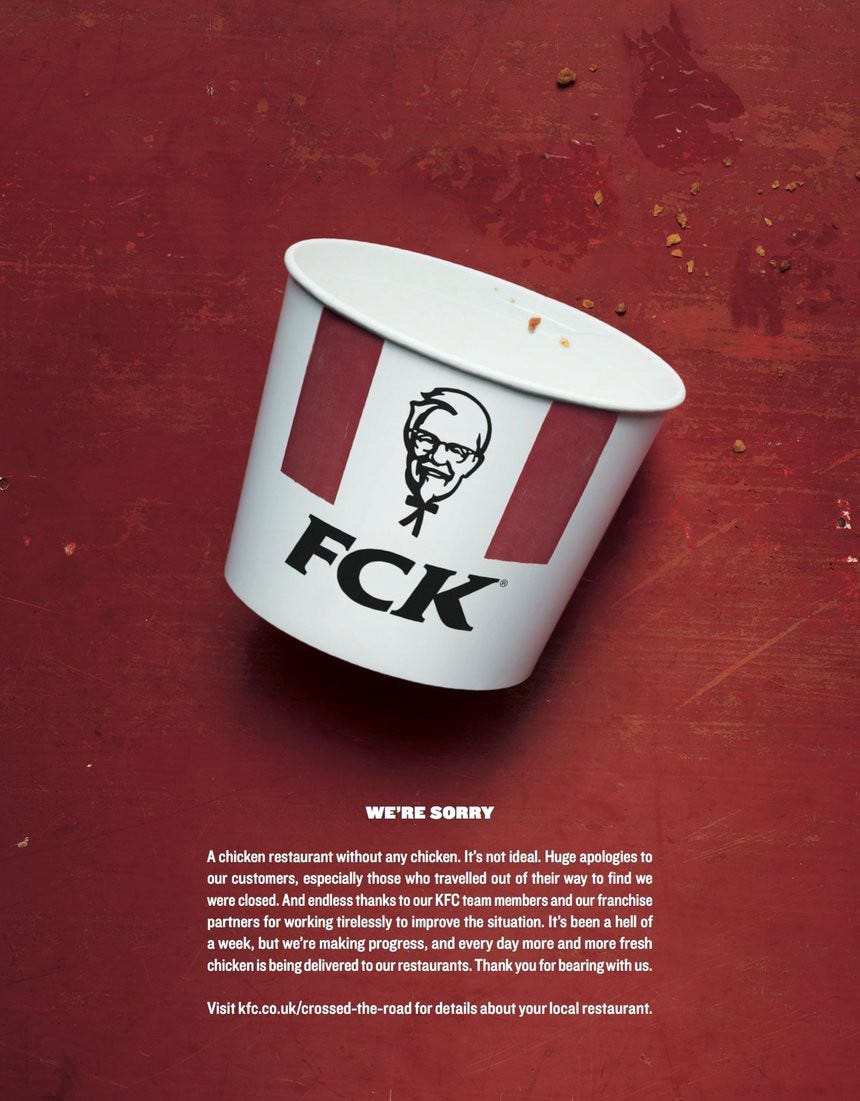
KFC’s candid apology with a touch of humor seemed genuine enough for its disgruntled customers to settle down. Meanwhile, a dedicated web page kept them updated on when their local KFC restaurant would re-open.
The bottom line is people like sincerity and are more forgiving towards brands that behave responsibly, especially when things go wrong.
To sum up
You don’t need an MBA to understand the simple logic of human behavior. It’s more about intuition than the profound logic of science or the ingenious creativity of art. It’s the simplest ingredient that can guide your brand to success every step of the way.
Yet many brands often use it sparingly.
Human logic is about the predictability of the rational and irrational human behavior. Just think about it.
People like it when you spark their interest instead of leaving them confused and disorientated. They would love it if you make an effort to relate to them in some way during your (brand) conversations.
They want you to do what’s best for everyone, even when everyone will never purchase your product. They want you to elevate their life without trying to sell them rubbish.
And they would love it if you could just own up if you mess things up once in a while.
(This article first appeared in The Startup)


